It was an unlikely case, having an Apollo command ship disabled thousands of miles from Earth. But during the Apollo 9 mission, the crew had actually conducted a test of firing the Lunar Module’s engines while it was docked to the Command Module. It turned out to be fortuitous to have considered such a situation, but Apollo 9 didn’t have to perform the type of maneuvering under the myriad of conditions Apollo 13 faced.
Steering was among the crucial threats for Jim Lovell and his crew. Without the command ship’s thrusters to steer, only the lander’s were available, and flying the crippled Apollo 13 spacecraft stack and keeping it on the right trajectory was a huge challenge.
During a normal mission, the ship’s computers allowed for much of the navigation, but the Apollo 13 crew had to fly “by hand.” The Command Module was shut down, and the LM’s limited battery power required the shutting down most of its systems, so even backup propulsion and navigation functions were unavailable. Lovell had to struggle to bring the unwieldy two-vehicle craft under control.
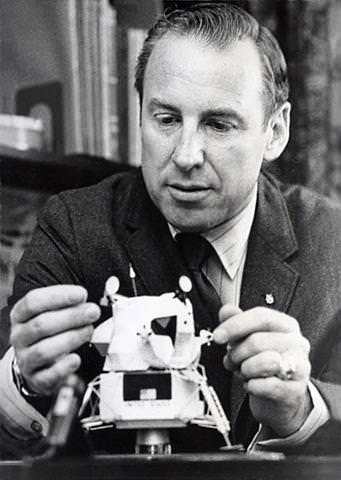
In his seminal book, “A Man on the Moon,” author Andrew Chaikin succinctly captured the scene:
Even now, oxygen spewed from Odyssey’s side like blood from a harpooned whale. The escaping gas acted like a small rocket, fighting Lovell’s efforts to stabilize the joined craft – which the astronauts called “the stack” – with Aquarius’s thrusters. Lovell soon found that trying to control the stack from the lander was strange and awkward, like steering a loaded wheelbarrow down the street with a long broom handle. When he nudged the hand controller the joined craft wobbled unpredictably. It was, Lovell would say later, like learning to fly all over again. And he had to learn fast, because if he let the spacecraft drift uncontrolled, there was a danger that one of Aquarius’s gyros would be immobilized – a condition called gimbal lock that would ruin the alignment of the navigation platform. With no way of sighting in the stars, there would be no hope of realigning it….
“I can’t take that doggone roll out, “Lovell said. Throughout the next 2 hours Lovell wrestled with his unwieldy craft, as the time for the free-return maneuver approached. He wondered if Aquarius would be able to point them toward home, and whether it would last long enough to get them there. Lovell and his crew had become the first astronauts to face the very real possibility of dying in space.
From “A Man on the Moon,” chapter 7, “The Crown of an Astronaut’s Career”
by Andrew Chaikin
Used by permission.
One of the items discussed in the original “13 Things That Saved Apollo 13” was how well suited rookie Apollo crewman Jack Swigert was to the Apollo 13 mission, as he was said to have basically ‘wrote the book’ on Command Module malfunctions. Likewise, says NASA engineer Jerry Woodfill, was Commander Jim Lovell’s ability as Apollo 13’s helmsman.
“Tales are often shared about Lovell’s skills as a naval aviator,” said Woodfill, “making aircraft carrier deck landings in the dark with a malfunctioning display, or in storm-tossed seas.”
Being able to judge aircraft descent rates and attitude with respect to a wave-tossed carrier deck was a challenge. Woodfill said this ideally trained Lovell for avoiding gimbal-lock on Apollo 13.
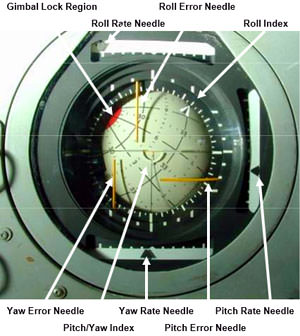
“Gimbal-lock meant the guidance system could no longer trust its computer,” explained Woodfill. “The guidance system’s orthogonal gyroscopes (gyros) judged the degree of pitch, roll, and yaw. Gimbal-lock exceeded the system’s ability to gauge position. Such an instance could be compared to an automobile’s tires slipping on an icy road. Steering becomes almost useless in such an event.”
Historian and journalist Amy Shira Teitel recently posted this video in regards to gimbal lock and Apollo 13:
Then, later came a second dire “steering” challenge to Lovell and his crew. Apollo ships required a rotating maneuver about their longest axis known as Passive Thermal Control (PTC), nicknamed the rotisserie, to protect one part of the spacecraft from continually being baked by the Sun. Normally, this was done by the CM’s computer, and the LM’s computer didn’t have the software to perform this operation. Lovell had to maneuver the unwieldy ship by hand nearly every hour to perform the “slow motion barbeque spin” as Chaikin called it. Without the CM’s orientation control thrusters and having the center of gravity extremely off-center with respect to the lander’s control system, it made the situation problematical.
“Lovell seemed to have the ability to quickly adapt to difficult situations,” said Woodfill, “and the knack of quickly coming up with solutions to problems.”
But that’s part of the makeup of being a test pilot and what distinguished the men who were chosen to be astronauts in the Apollo program.
“As great a pilot as Jim Lovell was, I think any of the Apollo commanders could have handled that situation from a piloting point of view,” Chaikin told Universe Today via phone. “One benefit that Lovell brought to the situation was his calm, composed personality—a real asset during that entire ordeal.”
As Chaikin quoted original Apollo 13 crew member Ken Mattingly in “A Man on the Moon,” if Apollo 13 had to happen to any spacecraft commander, there wasn’t anyone who could have handled it better than Jim Lovell.
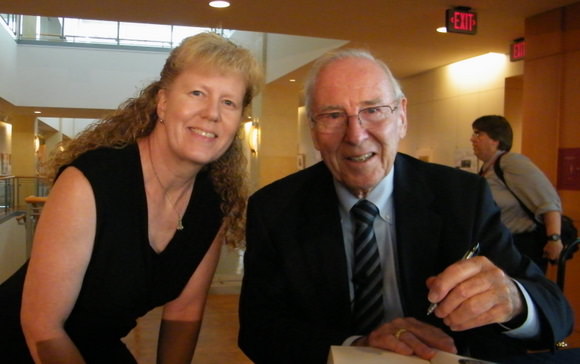
Here’s an additional, more technical description of gimbal lock:
Previous articles in this series:
Part 1: The Failed Oxygen Quantity Sensor
Part 2: Simultaneous Presence of Kranz and Lunney at the Onset of the Rescue
Part 3: Detuning the Saturn V’s 3rd Stage Radio
Part 4: Early Entry into the Lander
Part 5: The CO2 Partial Pressure Sensor
Part 6: The Mysterious Longer-Than-Expected Communications Blackout
Part 7: Isolating the Surge Tank
Part 8: The Indestructible S-Band/Hi-Gain Antenna
Find all the original “13 Things That Saved Apollo 13″ (published in 2010) at this link.
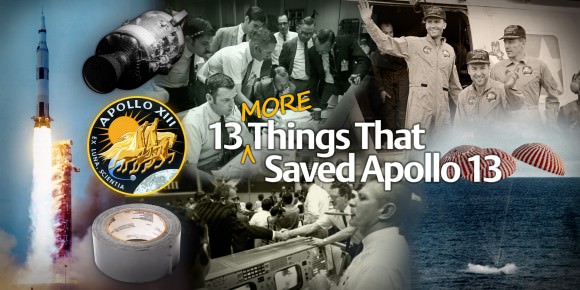

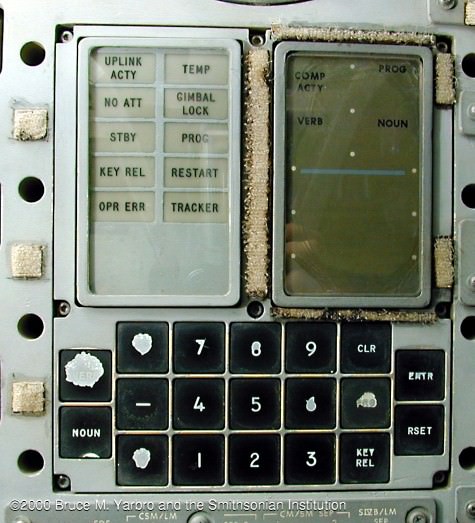
Since the Service Module was a dead weight venting oxygen, why did they wait until just before reentry to jettison it?
Good question…. Maybe not all of the service module was useless? For instance, the location of the high gain antenna?
The main reason they kept the SM was to protect the heat shield on the CM. The thought was it could be hit with debris or be degraded by heat or sunlight. They didn’t want to take any extra chances.
I STILL like that little black dress!
We are always hearing how Neil Armstrong was such a great pilot when he made that safe landing at Tranquility base with SECONDS of fuel to spare, but we don’t often hear about Jim Lovell’s amazing piloting on the Apollo 13 mission. Whereas Neil’s last second decision made a safe landing… Jim Lovell’s piloting that crippled command module lasted a whole lot longer AND had so many more variables. The stress levels must have been off the charts! We all know how stress levels can interfere with executive brain function, unless of course, you are totally calm, cool and collected. Let’s talk legendary calm, cool and collected here. Thank you Mr. Lovell for being who you are!
Apollo 11 was not seconds but 25 seconds of fuel left.
Also the ascent module could abort and eject the descent module when flying so they would not have crashed.
Also when Neil took over, the computer was still controlling the lunar lander. It is just a setting that gave a bit more control to the astronaut like you change you Eco, Normal to sports mode in your automatic car.
The LM Guidance computer was already programmed to control the LM pushing the CSM. This was an anticipated, but unlikely, mode. The joint between the LM and the CSM was slightly flexible making the stack tricky to handle. The LM’s descent rocket could be throttled with a minimum value of 10% allowing the thrust to be pointed at the combined CG. Once the LM’s computer was shut down, the astronauts were on their own, balancing the stack by feel and using the view out the window.
Found on http://twentytwowords.com/fascinating-movie-facts/2/
Entry for the Apollo 13 film…
Ron Howard asked the audience members at the premier to write reviews of the film. One review went on to state that there is no way the crew would have survived the mission.
Hah. Nailed it, in a backwards-sort of way.